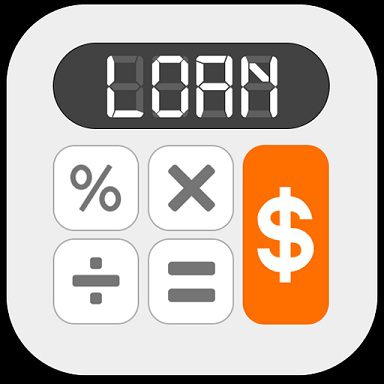Subsidized and Unsubsidized Loans Definition : How much can you borrow?
Subsidized and Unsubsidized Loans Definition : How much can you borrow?
Subsidized and unsubsidized loans are federal student loans for eligible students to help cover the cost of higher education at a four-year college or university, community college, or trade, career, or technical school. The U.S. Department of Education offers eligible students at participating schools Direct Subsidized Loans and Direct Unsubsidized Loans.
What’s the difference between Direct Subsidized Loans and Direct Unsubsidized Loans?
Who can get Direct Subsidized Loans?
Direct Subsidized Loans are available to undergraduate students with financial need.
How much can you borrow?
Your school determines the amount you can borrow, and the amount may not exceed your financial need.
Who will pay the interest?
The U.S. Department of Education pays the interest on a Direct Subsidized Loan
while you’re in school at least half-time,
during a period of deferment (a postponement of loan payments).
mothers day strike com May 8 : Mother’s Day Strike 2022 May 8 Sunday
Quick Overview of Direct Unsubsidized Loans
Who can get Direct Unsubsidized Loans?
Direct Unsubsidized Loans are available to undergraduate and graduate students; there is no requirement to demonstrate financial need.
How much can you borrow?
Your school determines the amount you can borrow based on your cost of attendance and other financial aid you receive.
Who will pay the interest?
You are responsible for paying the interest on a Direct Unsubsidized Loan during all periods.

How much can I borrow?
Your school determines the loan type(s), if any, and the actual loan amount you are eligible to receive each academic year. However, there are limits on the amount in subsidized and unsubsidized loans that you may be eligible to receive each academic year (annual loan limits) and the total amounts that you may borrow for undergraduate and graduate study (aggregate loan limits). The actual loan amount you are eligible to receive each academic year may be less than the annual loan limit. These limits vary depending on
what year you are in school and
whether you are a dependent or independent student.
If you are a dependent student whose parents are not eligible for a Direct PLUS Loan, you may be able to receive additional Direct Unsubsidized Loan funds.
How do I Log in and Activate Vimeo Android TV app on iOS, Roku, Fire TV, Samsung TV
The following chart shows the annual and aggregate limits for subsidized and unsubsidized loans.
Year | Dependent Students (except students whose parents are unable to obtain PLUS Loans) | Independent Students (and dependent undergraduate students whose parents are unable to obtain PLUS Loans) |
|---|---|---|
First-Year Undergraduate Annual Loan Limit | $5,500-No more than $3,500 of this amount may be in subsidized loans. | $9,500-No more than $3,500 of this amount may be in subsidized loans. |
Second-Year Undergraduate Annual Loan Limit | $6,500-No more than $4,500 of this amount may be in subsidized loans. | $10,500-No more than $4,500 of this amount may be in subsidized loans. |
Third Year and Beyond Undergraduate Annual Loan Limit | $7,500 per year-No more than $5,500 of this amount may be in subsidized loans. | $12,500-No more than $5,500 of this amount may be in subsidized loans. |
Graduate or Professional Student Annual Loan Limit | Not Applicable (all graduate and professional degree students are considered independent). | $20,500 (unsubsidized only). |
Subsidized and Unsubsidized Aggregate Loan Limit | $31,000-No more than $23,000 of this amount may be in subsidized loans. | $57,500 for undergraduates-No more than $23,000 of this amount may be in subsidized loans. $138,500 for graduate or professional students-No more than $65,500 of this amount may be in subsidized loans. The graduate aggregate limit includes all federal loans received for undergraduate study. |
If the total loan amount you receive over the course of your education reaches the aggregate loan limit, you are not eligible to receive additional loans. However, if you repay some of your loans to bring your outstanding loan debt below the aggregate loan limit, you could then borrow again, up to the amount of your remaining eligibility under the aggregate loan limit.
http //www.cc.com/activate : Device Activation – Comedy Central
Graduate and professional students enrolled in certain health profession programs may receive additional Direct Unsubsidized Loan amounts each academic year beyond those shown above. For these students, there is also a higher aggregate limit on Direct Unsubsidized Loans. If you are enrolled in a health profession program, talk to the financial aid office at your school for information about annual and aggregate limits